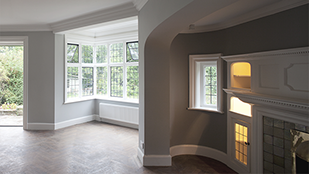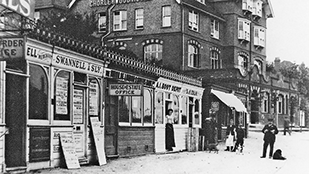Chorleywood Hotel
Historic photograph showing the high street and Chorleywood Hotel
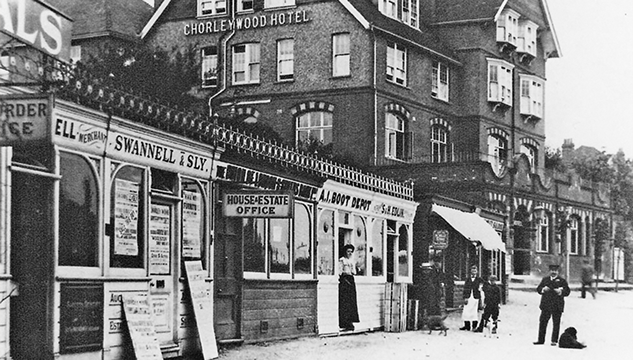
South East
Chorleywood and area
Chorleywood and area
South East
Foreword
Chorleywood is famous for its bread-making process, its architecture inspired by C.F.A. Voysey, and the Chartists at nearby Heronsgate. Linking these apparently unrelated facts is a desire to improve the life of the ordinary working man.
Chorleywood, one of the first ever commuter towns, is a village and civil parish in the Three Rivers district of Hertfordshire. Located just outside London's orbital 'M25' motorway, and included in the Greater London Urban Area, it is famous for its bread-making process, its architecture inspired by C. F. A. Voysey, and for the Chartists at nearby Heronsgate.
Chartism was a movement begun in the mid 1830s, comprised mainly of men from manufacturing villages where textiles and metal goods were made for sale in markets and towns and cities. One of the Chartist leaders, Irishman Feargus O’Connor, invented an imaginative but controversial land scheme whereby workers clubbed together to purchase large plots of land, and worked co-operatively to farm it together for a profit.
O’Connor was keen to create a sense of community between the Heronsgate estate and Chorleywood, even organising a cricket match on Chorleywood common. In the event, however, the scheme was a shortlived – investigated by parliament for suspicion it would become an unfair burden on parish poor rates, the land was never very suitable for farming and in 1851, just four years after the land was originally bought, it was sold on.
C. F. A. Voysey
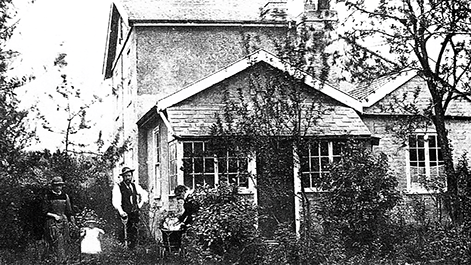
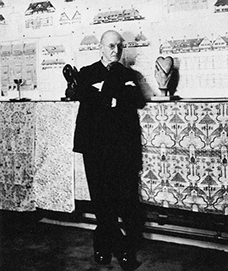
Whilst most famous architects are known for the grandeur of their buildings, Voysey is known for the peculiar modesty of his. He believed in ‘fitness’ and ‘honesty’ in architecture, that it should suit your own needs rather than evoke delusions of grandeur. This is why his ceilings are designed to be low and windows small (larger rooms are more expensive to heat, and large windows need large amounts of fabric for curtains).
Voysey built his own home, the Orchard, in Chorleywood, to these specifications, preserving its modesty by keeping the front close to the road. In the early twentieth century this vernacular architectural aesthetic became known for its ‘freshness’. Many of his features have now become part, not just of the Chorleywood area, but of the ubiquity of cheap, ordinary - and certainly not individual new-build family houses. As a man who despised revivalism however, this is not a legacy Voysey is likely to have appreciated.
Voysey wrote a great deal about architecture, especially in his book Individuality - a perverse title, in terms of Chorleywood at least because the archetypal features of his work, such as the high pitched roofs, low ceilings and small windows are to be seen in much of the architecture of the area - and these distinctive borrowed features are even protected and enshrined in the terms of the Station estate conservation area.
Bread-making Process
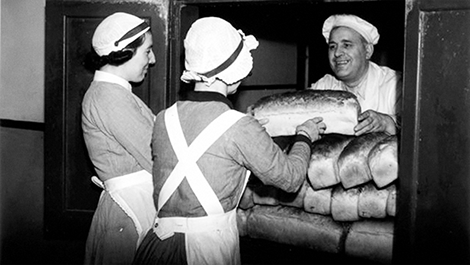
The Chorleywood Bread-making Process (CBP, or no time method)was an innovation of the Chorleywood Food Research Association. Worried about small English bakers suffering due to the poor quality of English grain and its unsuitability for making bread normally, the Food Research Association invented the Chorleywood process in 1961, which made bread softer for longer, quicker to make, and easy to make with poor English grain.
This is achieved through the addition of ascorbic acid (Vitamin C), fat, yeast, and intense mechanical working by high-speed mixers. The last requirement means that it is difficult to reproduce CBP in a small-scale kitchen.
The process proved revolutionary and was ideal for industrial bread-making (instead of helping the individual baker as intended). The resultant bread has been much maligned for being much less nutritious, with a movement towards 'artisan' breads in recent years, including the Real Bread Campaign.
Arts and Craft Movement
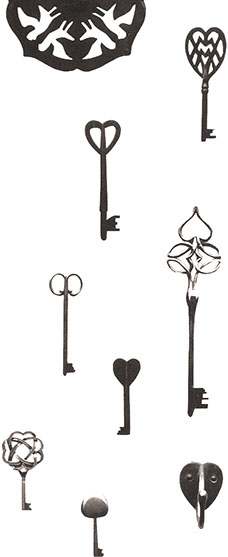
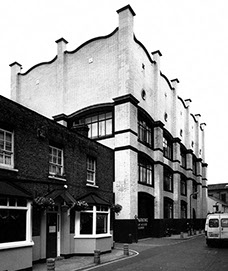
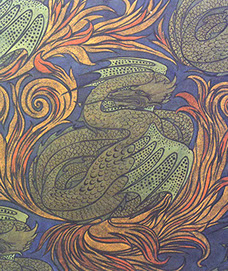
Influenced by the leading progenitors of the Arts & Crafts movement A.W. N. Pugin and John Ruskin, Voysey was interested in using the detail of natural forms not only in his architecture, but like William Morris before him, in the decorative arts and furniture too. Voysey was introduced to wallpaper design by his friend and fellow architect Arthur Mackmurdo, and his success in this area would support him for the rest of his life. Wallpaper would secure Voysey his one and only ever industrial commission - for a wallpaper factory, Sanderson’s in Chiswick.
Built in 1902, only a few years after the Orchard, the tall boxlike building and concrete and steel architectural style and construction could not be more opposed to his horizontally oriented cottages in Chorleywood. Yet the Voysey reference points are still clear in the port hole windows on the top floor, and the undulating roof, often compared to the headboards of his beds.
One of the reasons for the continuing interest in C.F.A. Voysey, amongst architectural historians at least, is the ambiguity of his legacy. On the one hand he championed natural materials and an almost Alice in Wonderland style in his cottage buildings, but he considered more modern construction techniques fine, if used appropriately, honestly and aesthetically. He wrote about concrete, for instance, that it should not be made to look like anything it isn’t, and it should not be used by greedy shopkeepers simply to make cheap commercial buildings.
Related
SUBSCRIBE
Click below to subscribe to our newsletter or to manage your preferences
Subscribe to our newsletter
© 2020 Lyndon Goode Architects Ltd
